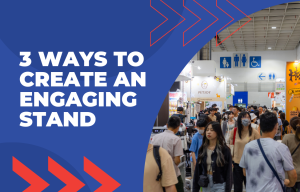Anyone experienced in attending events understands that exhibition stands and high-quality graphics serve as the foundation of any set-up. However, those with a deeper knowledge of exhibition dynamics recognise that it’s the accessories and finishing touches that make a difference. Their aim is to elevate a display from average to a polished, professional space where successful deals are made and goals are achieved.
“Of course having a great selection of banner stands and exhibition graphics is crucial to creating a strong exhibition area. But there are a number of important accessories that put the icing on the cake where the display is concerned. Whether it is lighting equipment, a seating area, a whiteboard for quick and easy demonstrations or a great literature rack, businesses can set their stands apart from the crowd through clever use of display accessories."
The Managing Director of Discount Displays, Tim Fuller
With markets becoming increasingly more saturated and competitive, it’s more important than ever to stand out. The Power of Live Research Project notes that visitors’ perception of a brand are improved by 21% after seeing them at a show and that 76% make new purchasing decisions so it’s important to consider how your equipment for exhibitions can influence this. Additionally, 65% of exhibition visitors say that attending helps them to gain a better understanding of a product or service they are interested in. With this in mind, let’s consider how you can implement different display accessories to improve the visitor experience and showcase your offering in the best light.
Top Display Accessories
Literature rack
Having a literature rack placed at a strategic point near the stand is a great way to make visitors stop and engage with your business. Upon browsing the flyers or leaflets available, visitors may find themselves drawn to the rest of your stand and explore further. An additional promotional trick is to strike up allegiances with similar, non-competitive organisations and swap some materials at the start of the day. Fill one pocket or one side of the literature stand with material from these other allegiances and ask them to do the same.
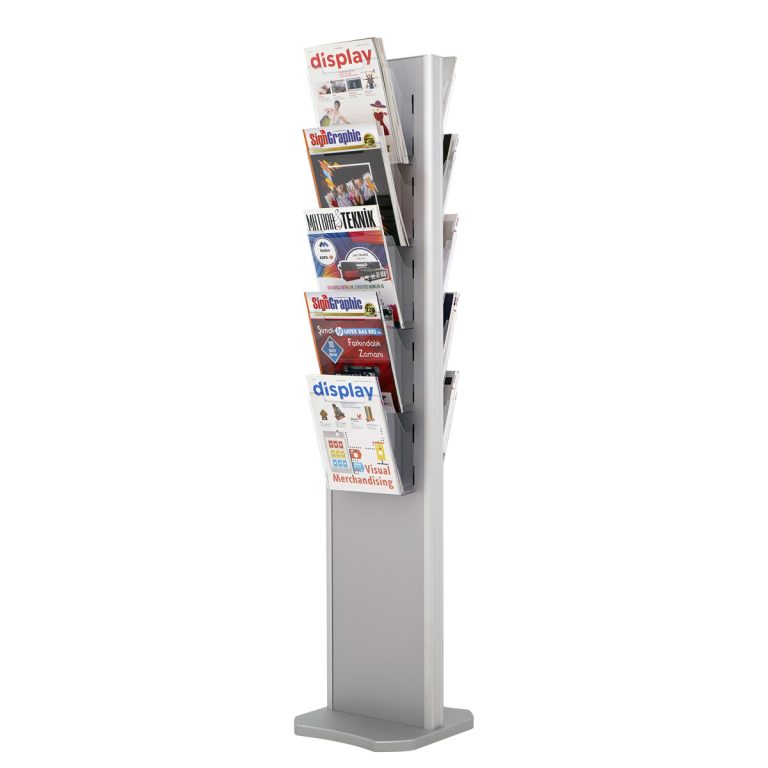
Seating
When the goal of an exhibition is to gather client details for mailing lists or register them for specific services, lengthy forms are often involved. In such cases, it’s crucial to make the process as convenient and comfortable as possible. If attendees are expected to spend time filling out forms, the exhibiting company has a responsibility to ensure their comfort. Bar stools, being slim and portable, are easy to move between locations while folding exhibition chairs offer even greater convenience. With the added benefit of a backrest, these chairs provide additional comfort and can be packed away effortlessly once the event concludes.
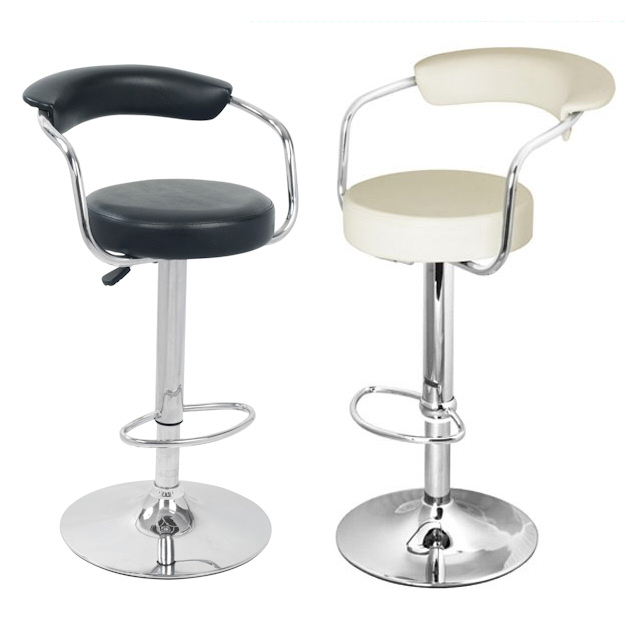
Digital display
A growth in technological innovation emphasises the importance of considering how you can utilise digital elements. Digital displays are an excellent tool for attracting foot traffic, as dynamic visuals naturally draw attention and spark curiosity. Consider showcasing videos that highlight your product or service in action through engaging demo clips or customer testimonials that build trust and credibility. For a more interactive approach, tablet holders can be highly engaging by encouraging visitor participation. These devices can enable guests to fill out forms, subscribe to newsletters, place orders, and explore a broader selection of your offerings. The possibilities for interactivity are endless and create a memorable experience for attendees.
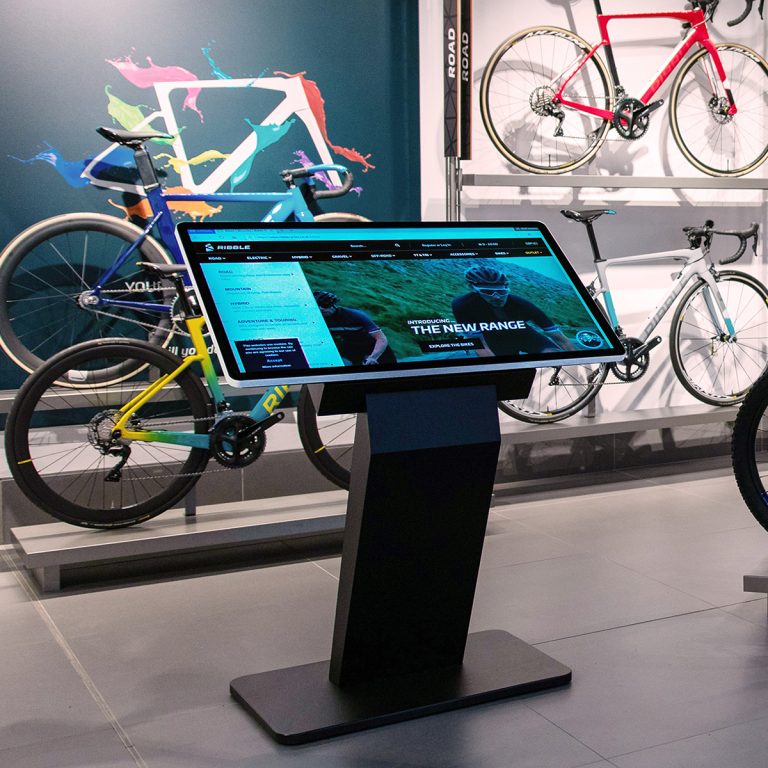
Display case
To elevate the presentation of your products or services, utilise display cases to showcase your offerings professionally while safeguarding them from potential damage. This is particularly important in busy, high-traffic areas. Display cases not only protect your items but also enhance their perceived value by focusing attention and creating a sense of exclusivity. This can be especially impactful for luxury items or products that benefit from a close-up, detailed view. However, accessibility remains crucial and 70% of visitors favour open-plan designs so be careful not to implement too many accessories as this may cause a bad foot flow or accessibility issues.
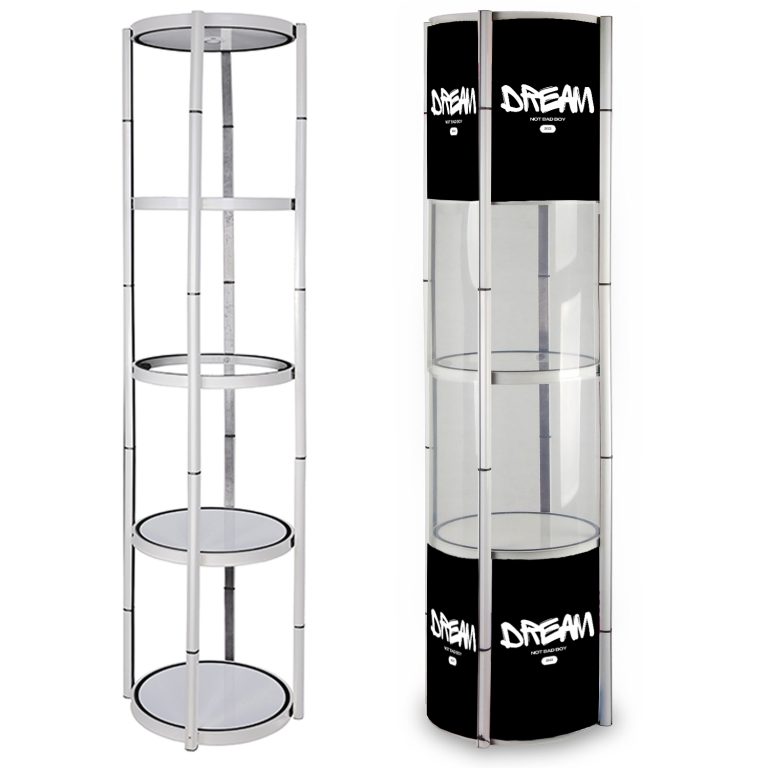
Crowd control barrier
If these engaging elements succeed in drawing in large crowds, implementing effective crowd management becomes essential. Whether visitors are lining up for free samples, exclusive offers, or to join a mailing list, a well-organised queuing system is key to maintaining order and ensuring smooth traffic flow. Barriers, ropes, or designated queuing zones can help keep pathways clear, create an orderly system, and ensure a positive experience for all attendees while preserving the professional image of your exhibition space.
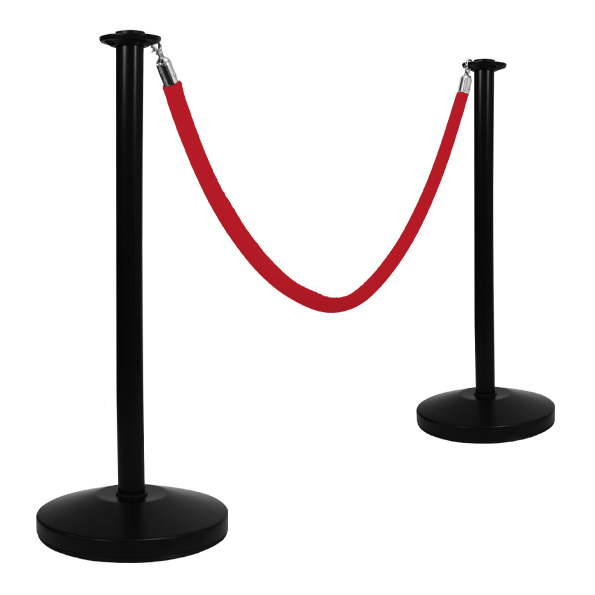
Creating a successful exhibition stand is about more than just eye-catching graphics and a solid foundation. The thoughtful use of accessories can elevate your presentation, making it more engaging, professional, and memorable for visitors. By considering the needs of your audience and integrating features that improve comfort and interactivity, your stand can stand out in a crowded market. With our top exhibition display ideas, you can ensure an enjoyable experience, boost your brand’s visibility and leave a lasting impression that drives results long after the event ends.



